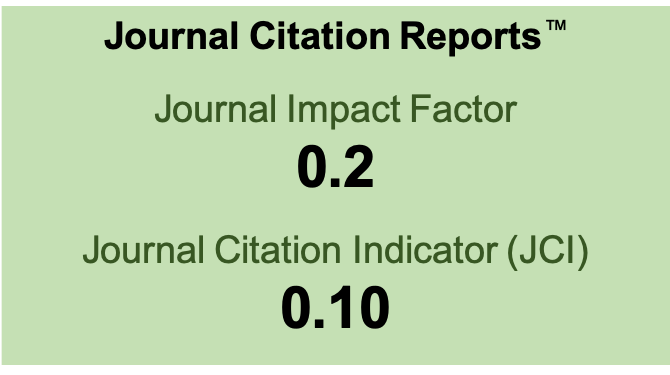Effect of tanniferous plants on in vitro digestion and methane production
DOI:
https://doi.org/10.19136/era.a4n11.1160Palabras clave:
Plant phenolics, Tannins, In vitro gas production, Methane emission.Resumen
It has been shown that tannins in the foliage of trees and shrubs can reduce methane (CH4) production in the rumen. The aim of the present paper was to evaluate the potential of ve tanniferous browse plant species, native to temperate central Mexico, to reduce in vitro methane production. The in vitro gas production technique and gas chromatography were used to evaluate the e ect of the inclusion of these plants at three inclusion levels (10, 20 and 30 %) in an experimental diet. A factorial experimental arrangement with the ve plant species and four levels of inclusion was used. Gas production was monitored throughout 72 h of incubation and methane production was recorded after 24 h. The results showed that a signi cant decrease in methane production was observed with all plants at 10 % inclusion level (p < 0.001), and that the highest reduction (> 26 %) was observed with Amaranthus spinosus and Commelina coelestis at 20 % and 30 % inclusion respectively in comparison to the control diet. However, the digestibility of the experimental diet declined at these inclusion levels. It was concluded that all the tested plants reduced methane production at all inclusion levels; however, the best tradeo between methane reduction and tannins' associated negative e ects on diet digestibility was achieved at the 10 % inclusion level.
Descargas
Descargas
Publicado
Cómo citar
Número
Sección
Licencia
1. Política propuesta para revistas de acceso abierto
Los autores/as que publiquen en esta revista aceptan las siguientes condiciones:
1. Los autores/as conservan los derechos de autor y ceden a la revista el derecho de la primera publicación, con el trabajo registrado con la licencia internacional Creative Commons Reconocimiento-No comercial-Compartir igual 4.0 .de atribución de Creative Commons, que permite a terceros utilizar lo publicado siempre que mencionen la autoría del trabajo y a la primera publicación en esta revista.
2. Los autores/as pueden realizar otros acuerdos contractuales independientes y adicionales para la distribución no exclusiva de la versión del artículo publicado en esta revista (p. ej., incluirlo en un repositorio institucional o publicarlo en un libro) siempre que indiquen claramente que el trabajo se publicó por primera vez en esta revista.
3. Se permite y recomienda a los autores/as a publicar su trabajo en Internet (por ejemplo en páginas institucionales o personales) antes y durante el proceso de revisión y publicación, ya que puede conducir a intercambios productivos y a una mayor y más rápida difusión del trabajo publicado (vea The Effect of Open Access).

Este trabajo está sujeto a una licencia internacional Creative Commons Reconocimiento-No comercial-Compartir igual 4.0 .



